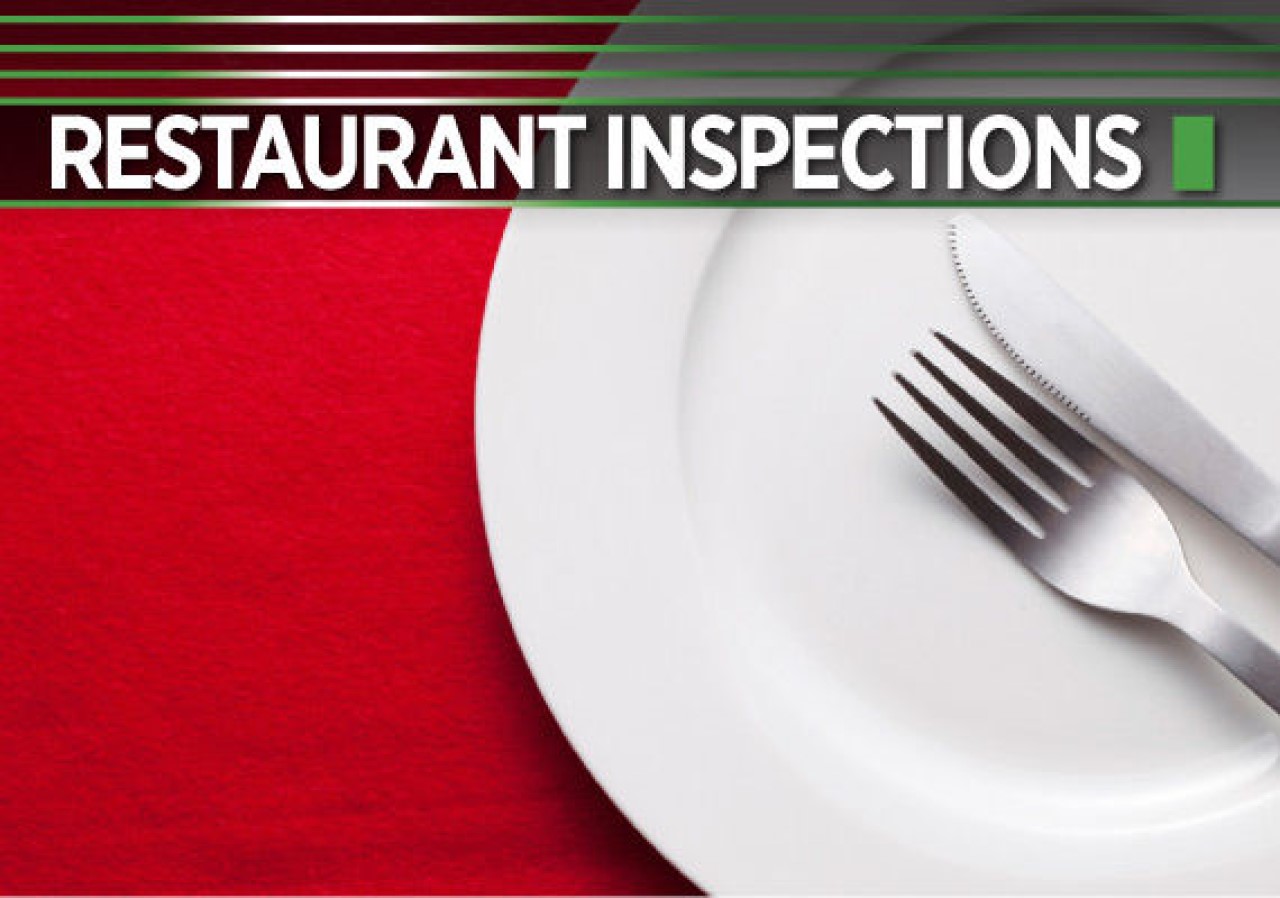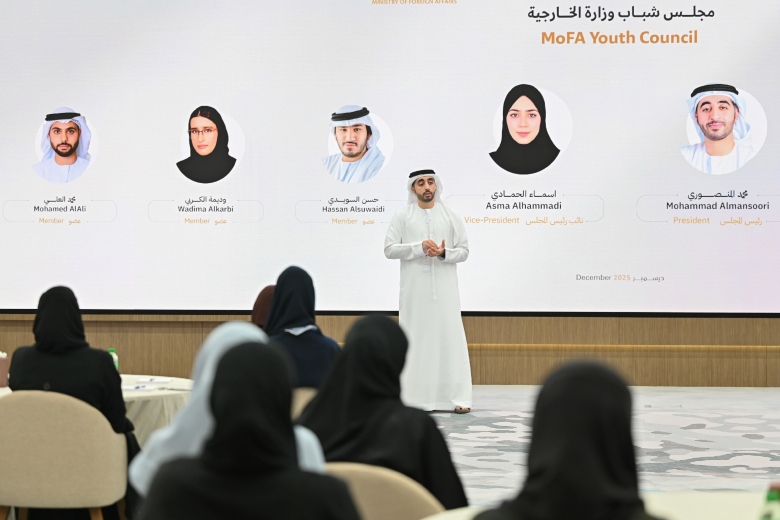LNP | LancasterOnline
restaurant inspections
For a full listing of this week’s Lancaster County restaurant inspections, click here.
The Pennsylvania Department of Agriculture, 866-366-3723, uses a risk-based inspection reporting process for restaurants and other food handlers.
READ: What do restaurant inspectors look for and can they close a restaurant?
Benis Discount Grocery, 301 S. Prince St. Lancaster, December 19. Fail. Designate area for personal item storage. Non-food contact surfaces throughout not cleaned at a frequency to preclude accumulation of dirt and soil. Prepackaged food is not labeled properly with the name of product, ingredient statement, net weight, distributed by statement and/or nutritional facts. Repair or replace floor by entrance door. Multiple food contact surface, was observed to have food residue and was not clean to sight and touch.
Burrowes Elementary School, 101 Ranck Ave. Lancaster, Opening, December 19. Pass. No violations.
Callaloo Trinidadian Kitchen LLC, 351 N. Mulberry St. Lancaster, December 19. Pass. No violations.
Dunkin Donuts, 50 Ore Mine Rd. Marietta, Follow-up, December 19. Pass. Observed a moderate accumulation of static dust on the air vents in the dining area/lobby.
Eastern Lancaster County Rod & Gun Club, 966 Smyrna Rd. Kinzers, December 19. Pass. No violations.
Hitch Coffee, mobile food facility Type 4, 346 Hershey Rd. Elizabethtown, December 19. Pass. No violations.
Little Britain Presbyterian Church, 255 Little Britain Church Rd. Peach Bottom, December 19. Pass. Facility is reusing containers that are meant for one time use. Observed containers labeled with “potato salad” being reused for freezing turkey.
For a full listing of this week’s Lancaster County restaurant inspections, click here.










